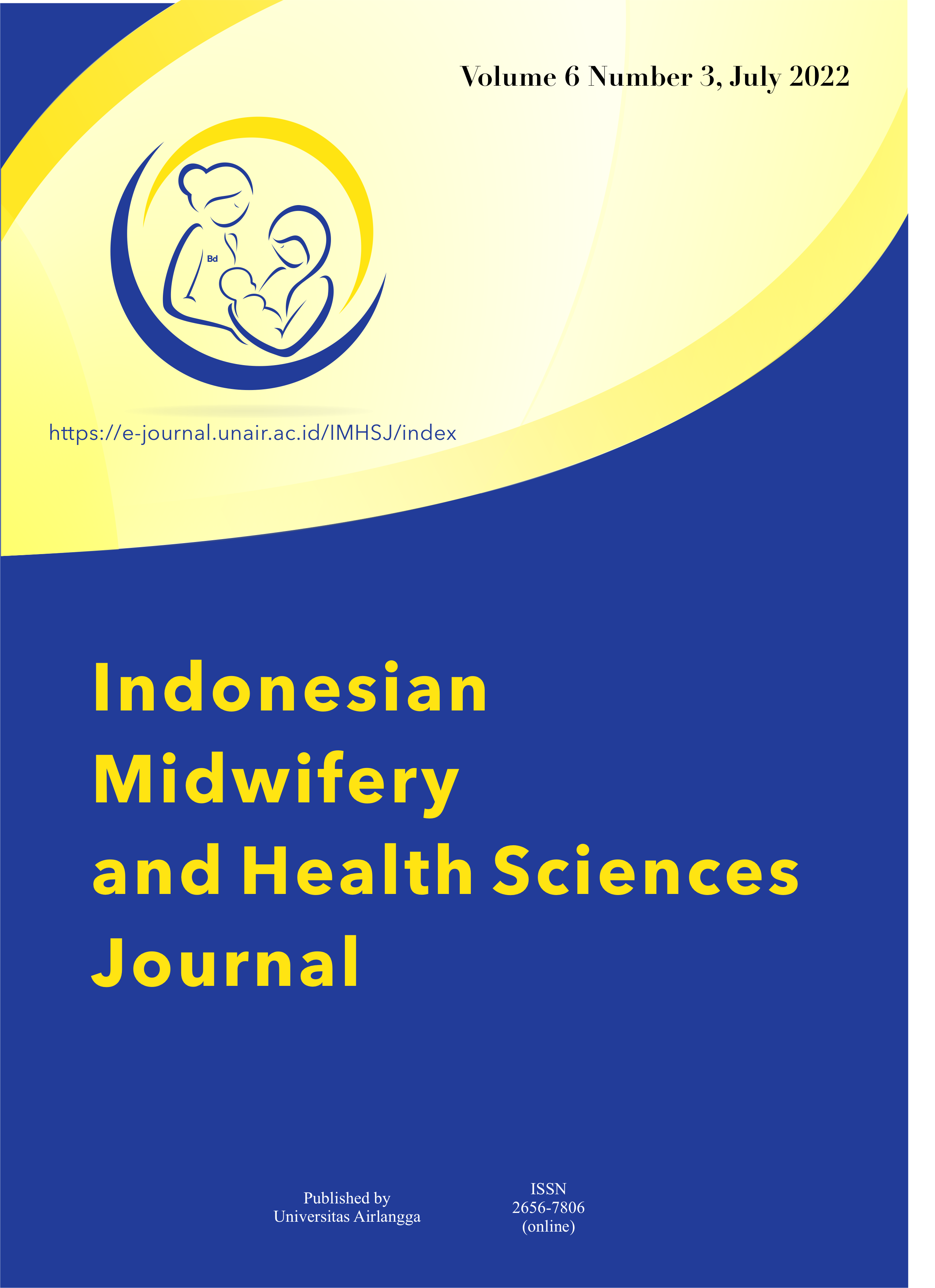ANTENATAL CARE AND MATERNAL OUTCOME OF PREECLAMPSIA

Downloads
Background: In Indonesia, preeclampsia is the second most common cause of maternal death. One of the government's steps to reduce it by antenatal care policy. This study aimed to analyze whether the frequency of antenatal care and antenatal health care facilities are assosiated with maternal mortality and morbidity of preeclampsia patients treated at a tertiary hospital in Surakarta. Methods: Analytic observational study with a cross-sectional design using secondary data. The sample was preeclampsia patients at RSUD Dr.Moewardi Surakarta from January to December 2019 who were taken by total sampling. Independent variables are frequency of antenatal care and antenatal health care facilities, dependent variables are maternal mortality and morbidity. Data analysis using Chi-Square Test. Results: From 182 samples, antenatal care frequency average was 7,5 times (range: 0-16 times), the most antenatal healthcare facilities were advanced health facilities (85,5%), maternal mortality was 1,6%, and morbidity was 71,4%. Frequency of ANC was not associated with maternal mortality (p=1,000), frequency of ANC was not associated with morbidity of preeclampsia (p=1,000), antenatal healthcare facilities were not associated with maternal mortality (p=1,000), antenatal healthcare facilities were not associated with morbidity of preeclampsia (p=0,223). Conclusion: The frequency of antenatal care and antenatal healthcare facilities were not associated with maternal mortality and morbidity due to preeclampsia.
Keywords: antenatal care, maternal outcome, preeclampsia
Copyright (c) 2022 Nurul Mardiyah, Ernawati Ernawati , Wahyul Anis

This work is licensed under a Creative Commons Attribution-ShareAlike 4.0 International License.
1. The journal allows the author to hold the copyright of the article without restrictions.
2. The journal allows the author(s) to retain publishing rights without restrictions
3. The formal legal aspect of journal publication accessibility refers to Creative Commons Atribution-Share Alike 4.0 (CC BY-SA).
This Journal (e-ISSN 2656-7806) is licensed under a Creative Commons Attribution-ShareAlike 4.0 International License.
















